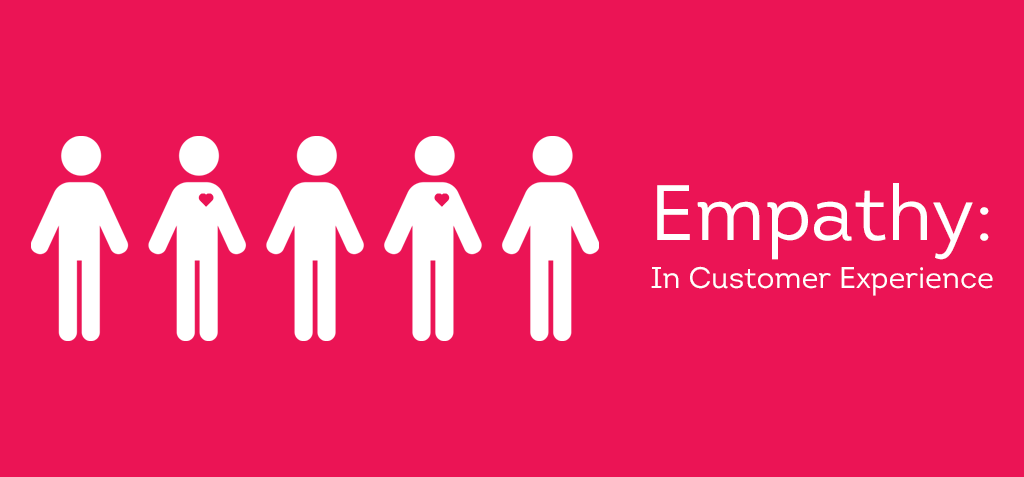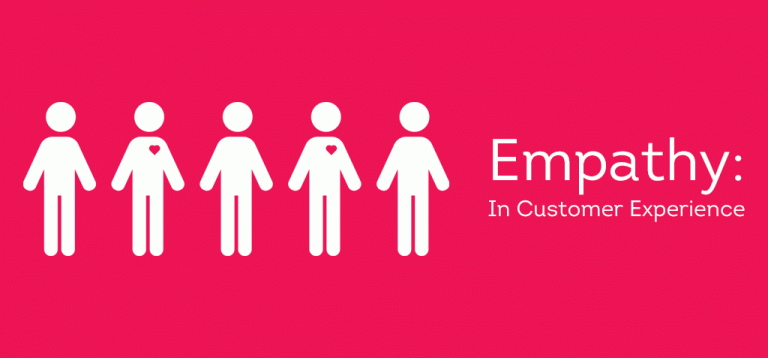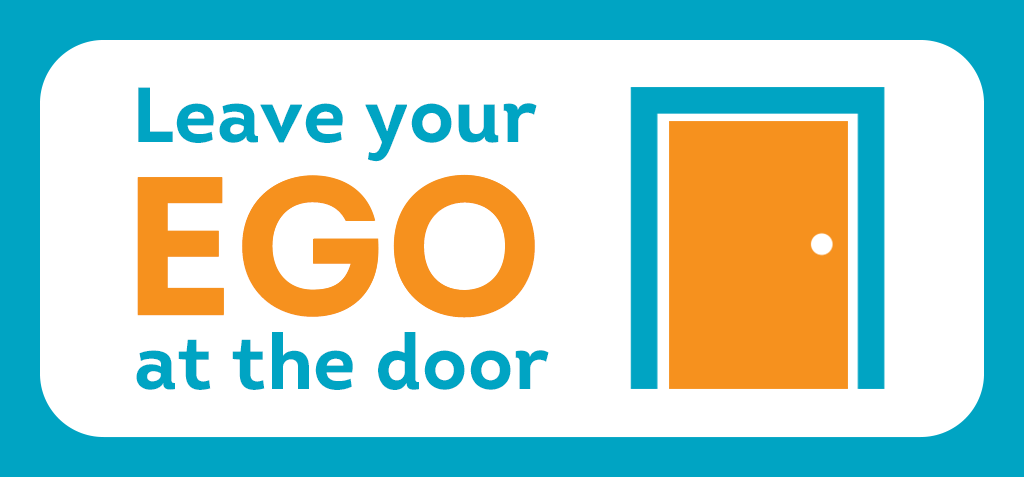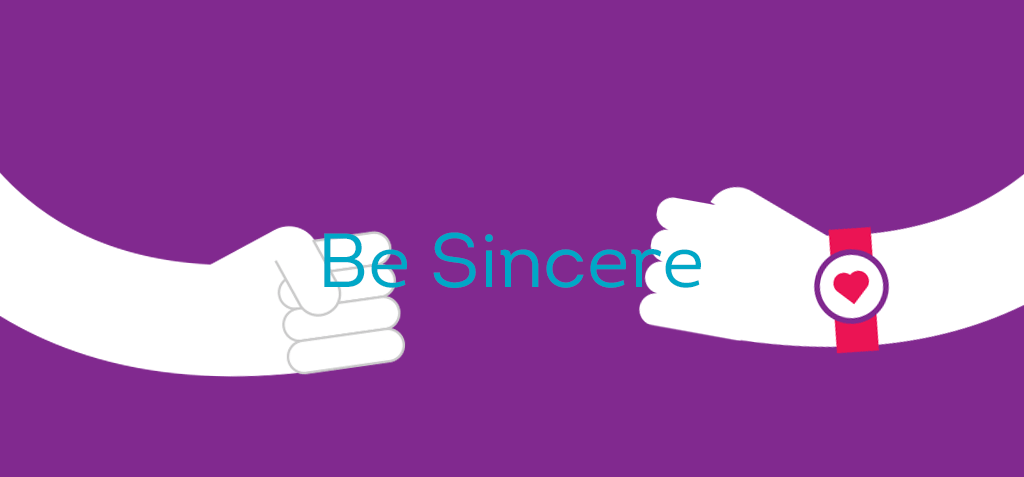Design thinking, user experience, customer experience, what do all these buzzwords have in common? If you say, human centricity, you’re actually only half right. While it’s true that human / user centric thinking influences these things, the skill we’d need to hone in order to practise, say for example design thinking, is empathy.
What exactly is empathy?
“Empathy is about finding echoes of another person in yourself.” – Mohsin Hamid
In a nutshell, it is our ability to feel and experience the world through other people’s lenses. It is a skill that requires us to really dig deep into our own personal experiences and find a connection with the issues people face. This empowers creatives and marketers alike to develop integrated marketing strategies and solutions which evoke emotions and resonance with their intended audience.
How empathy helps
Empathy helps when developing UX writing, web design and even ideating what vlogs to produce. It will also come in handy when you’re determining the motivations of Gen Zs or what exactly makes a Millennial tick. Knowing these things are critical to get them to interact with the brand. Is it a gut wrenching video that pulls at the heartstrings? An ad that light heartedly pokes at relatable everyday life?
Phygital? No problem, empathy also comes into play when strategising media, omnichannel marketing solutions and customer experience. Ask yourself, if I was in my target audience’s shoes, how would I behave in terms of consuming content?
Whatever the output, empathy remains a key component in driving emotions because brands knowing the right thing to say at the right moment, generates more impact. And in a world where authenticity is lauded and engagement – marketing gold, you can already guess how important this skill is. In fact, this is one of the key things hiring managers look out for in potential hires.
While it may sound like putting this into practise is a daunting task (and it is!) don’t worry, I feel you. But the good news is that empathy is innate in all of us. We may just be out of shape. There are many frameworks out there that use this to great effect but before you dive into design thinking, you need to limber up. Here are 3 tips to warm up those empathic muscles.
Tip 1: Leave your ego at the door
We need to understand deeply. In most of our formative years and professional lives, being firm in our opinions is seen as a valued trait. But in order to truly understand and empathise, we need to tame our egos because when we don’t, we tend to discount the feelings of others. And in terms of marketing and brand communications, this may come across as out of touch at best, and insensitive at its worst. This also involves letting go of preconceived notions and our assumptions. Being neutral, non-judgemental and checking our biases. It is a tall order I know, but with practice, this will become second nature.
Tip 2: Listen & observe
Listen actively. As a kid with a short attention span, my dad always told me, “You’re hearing me but are you listening?” Actively listening means being present and listening with all of your senses. Sometimes paying attention to what people don’t say is as important as what they do say. When observing your intended audience during mystery shopping, focus groups and interviews, look out for body language, and learn to interpret these signs to enrich your insights. Using these insights when writing briefs, developing your marketing mix and even brand building makes all other efforts that much more effective and relevant.
Tip 3: Care & be sincere
“No one cares how much you know, until they know how much you care.” – Theodore Roosevelt.
Sympathy is the first step. It is easy to feel the plight of consumers and users but empathy requires us to go deeper. It means offering something authentic and tangible. And when insights are built on these, marketing efforts will be richly rewarded. And while this requires effort, it builds long term relationships with consumers who could potentially become brand ambassadors.
Take for example, Dove’s Real Beauty campaigns. Based on their gathered insights, they found out that only 4% of women globally find themselves beautiful and 54% agree that they are their own worst critic. How did they take these findings and craft it into a compelling narrative homed into the heart of the problem while championing a transformative outlook on true beauty?
The Dove Real Beauty Sketches elicited an emotional response in women all across the world, who realised that the biggest pressure to be beautiful is the one they put on themselves. The video launched in key markets in U.S, Canada, Brazil and Australia quickly grew to become the one of the most watched video on YouTube.
The takeaway
At the end of the day, empathy is all about immersing yourself. It is true that the whats and the hows are important, but ultimately it is the whys that shape those two. First, we need to understand the background of our intended audience. Then comes understanding their behaviour and how they do things. Dig deeper into these and you’ll get to the root of the problem, their motivations. The whys. Another example of the importance of empathy is in user experience design. It is the first crucial phase in Design Thinking, Empathise.
While empathy helps with creating more effective and creative marketers by building better connections, it also helps us in all aspects of our career development. In briefings, discussions and professional relationships, it helps foster collaboration and rapport. And more importantly, especially living in a world reeling from the effects of a pandemic, a little empathy helps us rebuild a better society as well as make us better members of it. We all need it now more than ever. As brand custodians, marketers and creatives, we’ve got skin in the game.









